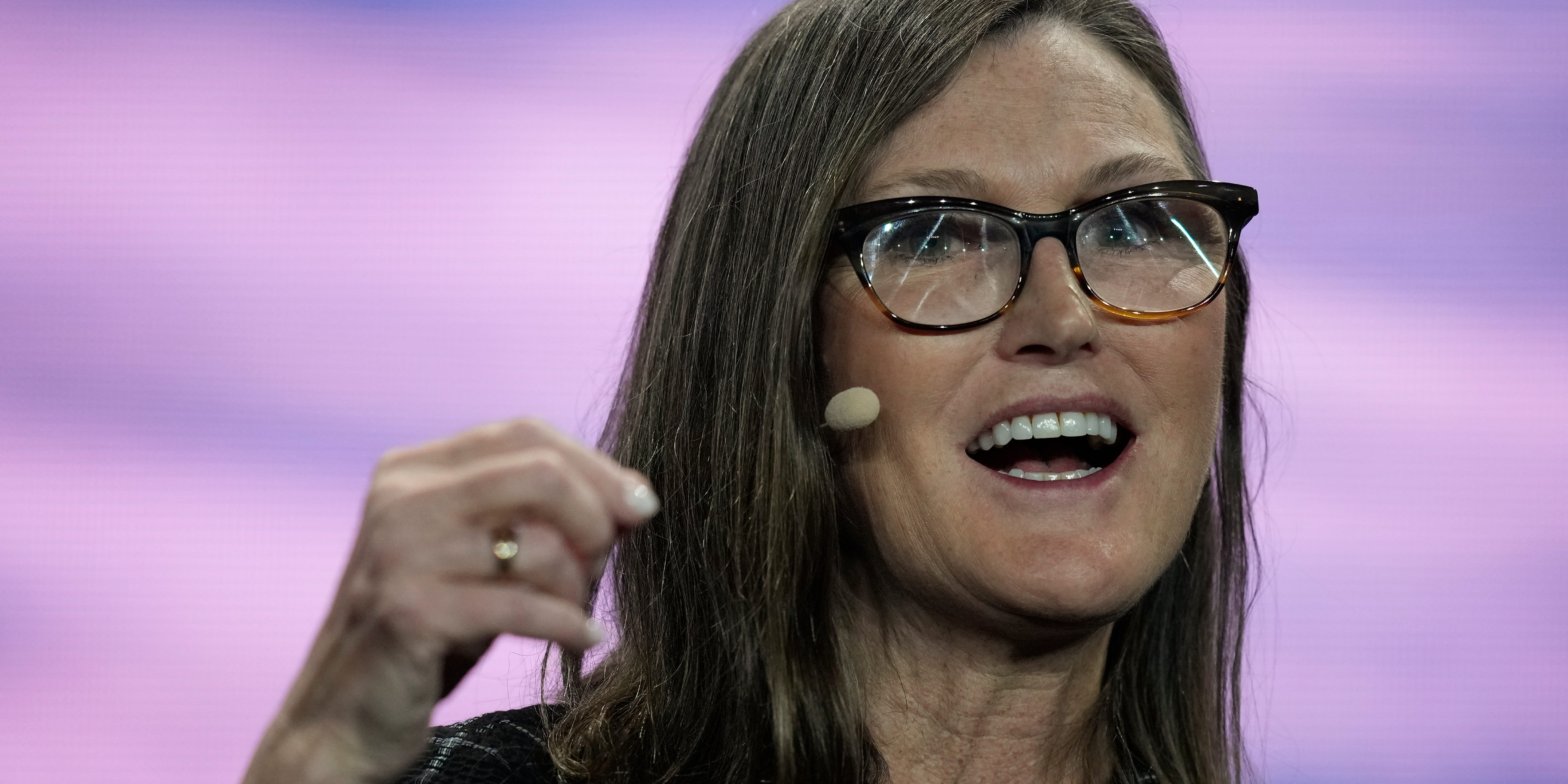Cathie Wood said the central bank’s tightening campaign was fuel for the banking crisis. In a series of tweets, she described the Fed as the “primary culprit” for SVB’s failure. “I am baffled that banks and regulators could not convince the Fed that disaster loomed.” Loading Something is loading.
Thanks for signing up!
Access your favorite topics in a personalized feed while you’re on the go.
Cathie Wood pointed to the Federal Reserve’s monetary tightening campaign as fuel for the collapses of Silicon Valley Bank and Signature Bank.
The famed money manager cited the US central bank’s aggressive approach to raising interest rates in a short period of time. As rates rose, venture funding dried up which led to a massive withdrawal in customer deposits, she said.
“Crypto did not force SVB and Signature into bankruptcy. In my view, Fed policy was the primary culprit,” Wood said in a series of tweets.
SVB was the largest US banking failure since 2008 and the second largest in history. As a result, the US government stepped in to backstop all deposits at both Signature and SVB.
Congressman Tom Emmer has raised concerns that regulators are “weaponizing” the banking crisis to target crypto as an industry and stifle innovation in the sector.
—Cathie Wood (@CathieDWood) March 16, 2023Wood’s tweets were in response to a letter Emmer sent to the FDIC, echoing his concerns and laying out how the Fed caused the bank failures.
She added that the central bank incorrectly assumed it was fighting 1970s-style inflation, catching many regional banks off guard as they suddenly saw unrealized losses on their bond holdings pile up.
And policymakers continued on their aggressive tightening path, even as commodity prices and other inflation indicators were unwinding, she said.
“I am baffled that banks and regulators could not convince the Fed that disaster loomed,” Wood said. “Did they not understand that the asset/liability mismatch – normal in most circumstances for banks – was untenable as deposits left the banking system for the first time since the 1930s?”
